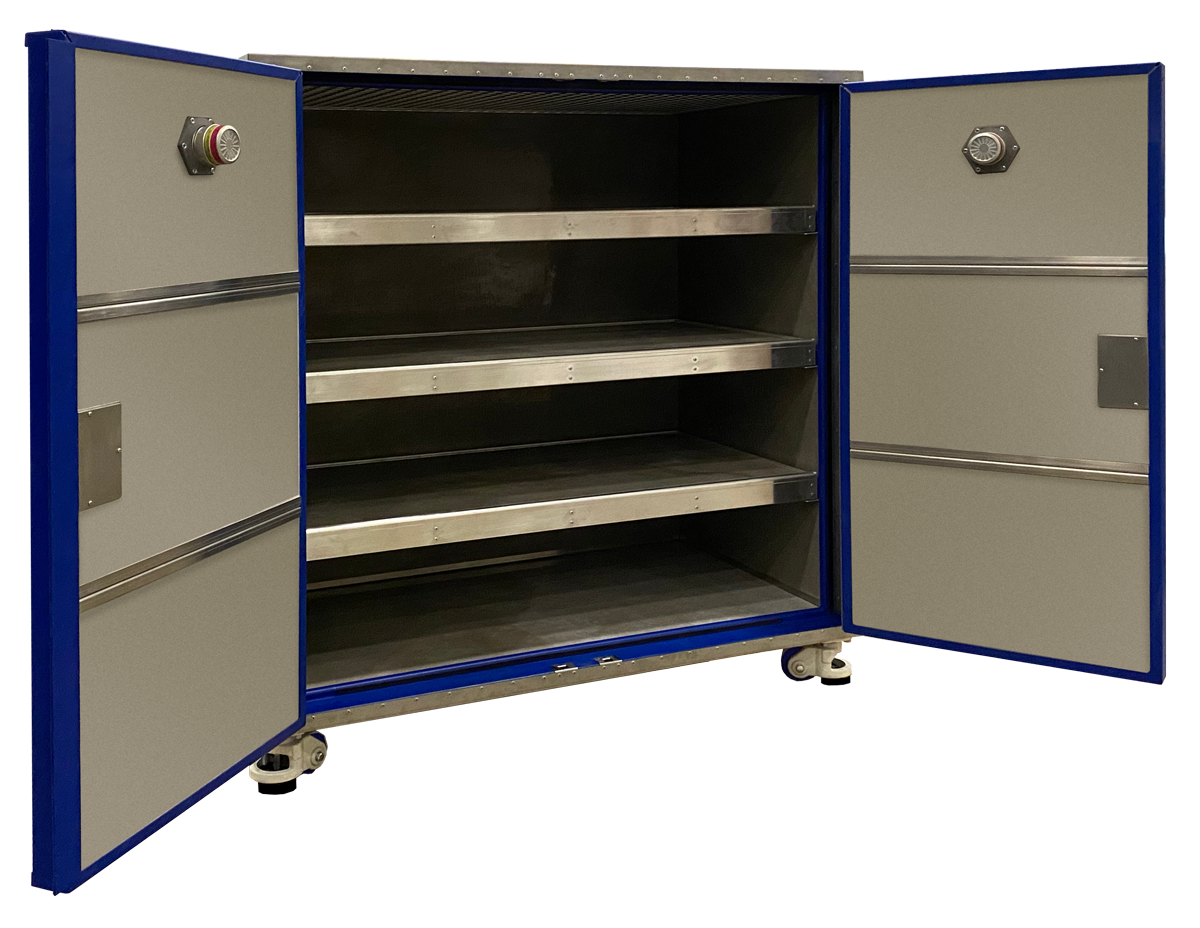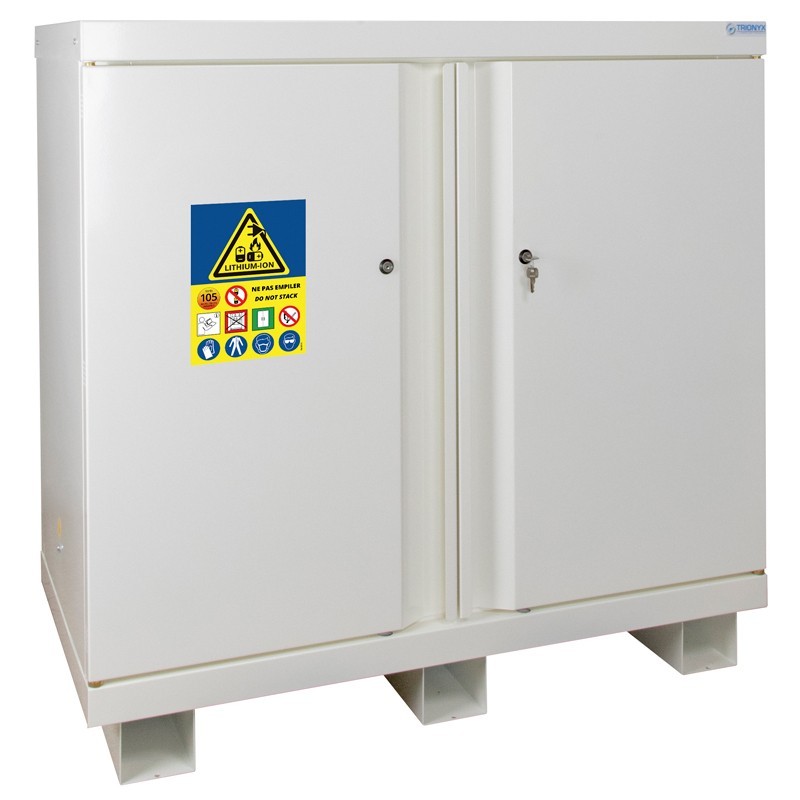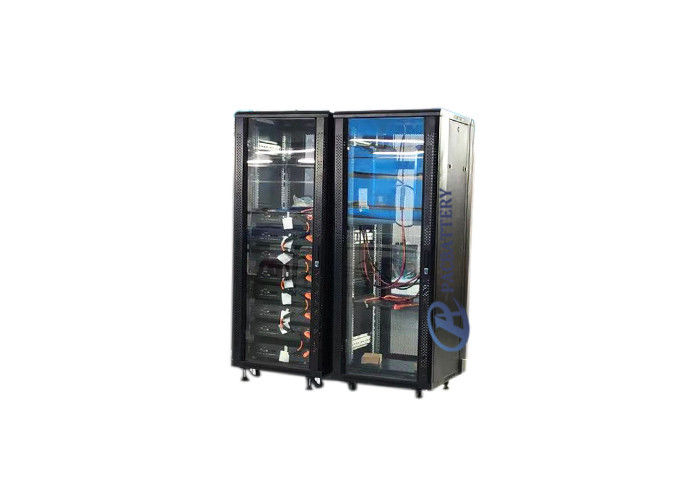Understanding Lithium Battery Storage Cabinets

Lithium battery storage cabinets are essential components in various applications, from residential energy storage to industrial power backup systems. These cabinets provide a safe and efficient environment for storing and managing lithium-ion batteries, ensuring optimal performance and minimizing potential risks.
Safety Features and Regulations
Lithium-ion batteries are known for their high energy density and potential for thermal runaway, a condition where the battery overheats and can potentially ignite. To mitigate these risks, lithium battery storage cabinets are designed with numerous safety features and comply with strict industry regulations.
- Fire Suppression Systems: Most cabinets are equipped with fire suppression systems, such as automatic fire extinguishers or inert gas flooding, to quickly extinguish any potential fire within the cabinet.
- Ventilation Systems: Proper ventilation is crucial for dissipating heat generated by the batteries. Cabinets are designed with ventilation systems that ensure adequate airflow and prevent the buildup of flammable gases.
- Battery Management Systems (BMS): BMS monitors the battery’s state of charge, temperature, and other parameters to ensure safe operation and prevent overcharging or over-discharging.
- Safety Interlocks: Cabinets may include safety interlocks that prevent access to the batteries during charging or other critical operations, ensuring user safety.
- Compliance with Standards: Lithium battery storage cabinets are designed and tested to meet international safety standards, such as UL, IEC, and NFPA, ensuring compliance with regulatory requirements.
Components and Design
A typical lithium battery storage cabinet comprises several key components, each contributing to its functionality and safety.
- Battery Modules: The core of the cabinet consists of lithium-ion battery modules, typically arranged in a series or parallel configuration to achieve the desired capacity.
- Battery Management System (BMS): The BMS is a critical component that monitors and controls the battery’s performance, ensuring safe operation and optimal efficiency.
- Charging and Discharging System: The cabinet includes a charging and discharging system that allows for the efficient transfer of energy to and from the batteries.
- Enclosure: The cabinet’s enclosure provides a protective barrier against environmental factors such as dust, moisture, and impact, ensuring the batteries’ longevity and performance.
- Monitoring and Control System: A monitoring and control system allows users to track the battery’s status, adjust settings, and receive alerts in case of any anomalies.
- Safety Features: As mentioned earlier, the cabinet incorporates various safety features, including fire suppression systems, ventilation systems, and safety interlocks.
Types of Lithium Battery Storage Cabinets
Lithium battery storage cabinets come in various sizes and configurations, catering to different applications and capacity requirements.
- Residential Battery Storage Cabinets: These cabinets are typically smaller in size and designed for residential applications, such as home energy storage systems. They offer a range of capacities, typically from a few kilowatt-hours to tens of kilowatt-hours.
- Commercial Battery Storage Cabinets: These cabinets are larger and more robust, designed for commercial applications, such as backup power for critical infrastructure or grid-scale energy storage. They can have capacities ranging from tens to hundreds of kilowatt-hours.
- Industrial Battery Storage Cabinets: Industrial cabinets are typically the largest and most sophisticated, designed for heavy-duty applications, such as electric vehicle charging stations or large-scale industrial power systems. These cabinets can have capacities exceeding hundreds of kilowatt-hours.
Factors to Consider When Choosing a Lithium Battery Storage Cabinet
Several factors should be considered when selecting a lithium battery storage cabinet, including:
- Capacity: The cabinet’s capacity should meet the energy storage requirements of the application.
- Safety Features: Ensure the cabinet includes appropriate safety features, such as fire suppression systems, ventilation, and BMS.
- Compatibility: The cabinet should be compatible with the type of batteries and charging systems used in the application.
- Environmental Conditions: The cabinet’s enclosure should be suitable for the environmental conditions where it will be installed.
- Cost: Consider the cost of the cabinet, including installation and maintenance.
Applications and Benefits of Lithium Battery Storage Cabinets

Lithium battery storage cabinets are rapidly gaining popularity as a reliable and efficient energy storage solution across various industries and sectors. These cabinets offer numerous benefits over traditional energy storage solutions, making them an ideal choice for diverse applications.
Industries and Sectors, Lithium battery storage cabinets
Lithium battery storage cabinets find applications in a wide range of industries and sectors, contributing to energy efficiency, cost savings, and sustainability.
- Residential: Lithium battery storage cabinets are increasingly used in homes to store solar energy generated from rooftop panels, allowing homeowners to reduce their reliance on the grid and lower their electricity bills.
- Commercial: Businesses, including retail stores, offices, and factories, are utilizing lithium battery storage cabinets to improve energy efficiency, reduce peak demand charges, and enhance grid reliability.
- Industrial: Lithium battery storage cabinets are employed in industrial settings, such as manufacturing facilities, data centers, and telecommunication infrastructure, to provide backup power, improve energy management, and enhance operational efficiency.
- Utility-Scale: Lithium battery storage cabinets play a crucial role in utility-scale energy storage projects, enabling grid stabilization, peak shaving, and demand response capabilities.
- Transportation: Electric vehicle charging stations and electric buses are increasingly utilizing lithium battery storage cabinets to provide reliable and efficient charging solutions, contributing to the transition to a greener transportation sector.
Benefits of Lithium Battery Storage Cabinets
Lithium battery storage cabinets offer a range of benefits that make them a compelling choice for various applications.
- High Energy Density: Lithium-ion batteries have a high energy density, meaning they can store a significant amount of energy in a compact space, making them ideal for space-constrained applications.
- Long Cycle Life: Lithium battery storage cabinets can withstand thousands of charge and discharge cycles, ensuring a long lifespan and reducing the need for frequent replacements.
- Fast Charging and Discharging: Lithium-ion batteries can be charged and discharged quickly, making them suitable for applications requiring rapid energy delivery, such as emergency backup power.
- High Efficiency: Lithium battery storage cabinets exhibit high energy conversion efficiency, minimizing energy losses during charging and discharging processes.
- Environmental Sustainability: Lithium battery storage cabinets contribute to a cleaner environment by reducing reliance on fossil fuels and promoting the use of renewable energy sources.
- Cost Savings: By reducing energy consumption and peak demand charges, lithium battery storage cabinets can lead to significant cost savings over the long term.
- Improved Grid Reliability: Lithium battery storage cabinets can enhance grid reliability by providing backup power during outages and supporting grid stabilization efforts.
Advantages Over Traditional Energy Storage Solutions
Lithium battery storage cabinets offer several advantages over traditional energy storage solutions, such as lead-acid batteries and flywheels.
- Higher Energy Density: Lithium-ion batteries have a significantly higher energy density compared to lead-acid batteries, allowing for greater energy storage capacity in a smaller footprint.
- Longer Lifespan: Lithium battery storage cabinets have a much longer lifespan than lead-acid batteries, reducing the need for frequent replacements and maintenance.
- Faster Charging and Discharging: Lithium-ion batteries can charge and discharge much faster than lead-acid batteries, making them suitable for applications requiring rapid energy delivery.
- Lower Maintenance Requirements: Lithium battery storage cabinets require less maintenance compared to traditional energy storage solutions, leading to lower operational costs.
- Improved Safety: Lithium battery storage cabinets are designed with advanced safety features, such as thermal management systems, to prevent overheating and ensure safe operation.
Real-World Examples
Lithium battery storage cabinets are being implemented in various real-world applications, demonstrating their effectiveness and impact.
- Tesla Powerwall: Tesla’s Powerwall home battery storage system is a popular example of a lithium battery storage cabinet used in residential applications. The Powerwall allows homeowners to store solar energy generated from their rooftop panels, reducing their reliance on the grid and lowering their electricity bills.
- Nissan Leaf: The Nissan Leaf electric vehicle utilizes a lithium-ion battery pack to store energy for driving, showcasing the use of lithium battery storage in the transportation sector.
- AES Corporation: AES Corporation, a global energy company, has implemented several large-scale lithium battery storage projects around the world, including a 100 MW/400 MWh battery storage facility in California, demonstrating the potential of lithium battery storage for grid stabilization and peak shaving.
Selecting and Installing Lithium Battery Storage Cabinets

Choosing the right lithium battery storage cabinet is crucial for ensuring the safety, efficiency, and longevity of your battery system. This section will guide you through the selection process, covering essential factors and installation best practices.
Factors to Consider When Selecting a Lithium Battery Storage Cabinet
The selection of a lithium battery storage cabinet is a critical step in any battery system deployment. Several key factors should be considered to ensure the chosen cabinet meets your specific needs and provides optimal performance and safety.
- Capacity: The cabinet’s capacity should align with the size of your battery system. Consider the number of batteries you need to store and their individual capacity. Ensure the cabinet can accommodate the current and future expansion of your battery system.
- Safety Features: Lithium batteries pose fire and explosion risks if not handled properly. Look for cabinets with features like fire suppression systems, thermal runaway protection, and ventilation systems. These features mitigate potential hazards and enhance safety.
- Compatibility: The cabinet should be compatible with your specific battery type, chemistry, and voltage. Ensure the cabinet is designed for the specific battery configuration you are using. Compatibility also includes the charging and monitoring systems you intend to use.
- Environmental Conditions: Consider the environment where the cabinet will be installed. Factors like temperature, humidity, and dust levels can impact battery performance and lifespan. Select a cabinet that can withstand the expected environmental conditions.
- Accessibility: Ensure the cabinet is easily accessible for maintenance, inspection, and battery replacement. Consider factors like space requirements, ease of opening, and clear access to components.
- Cost: Battery storage cabinets come in various price ranges. Balance the features and functionality with your budget. Consider long-term costs, including maintenance and potential replacements.
Steps Involved in Installing a Lithium Battery Storage Cabinet
Installing a lithium battery storage cabinet requires careful planning and adherence to safety protocols. The following steps Artikel a typical installation process:
- Site Preparation: Choose a suitable location for the cabinet, ensuring it is level, dry, and well-ventilated. Consider factors like proximity to electrical connections and accessibility for maintenance.
- Cabinet Installation: Install the cabinet securely, following the manufacturer’s instructions. Ensure the cabinet is properly grounded and connected to the electrical system.
- Battery Installation: Install the batteries inside the cabinet, adhering to the manufacturer’s recommendations for battery placement and connections. Ensure proper ventilation and avoid overcrowding the cabinet.
- System Integration: Connect the battery system to the charging and monitoring systems. Test all connections and ensure proper operation.
- Safety Checks: Conduct thorough safety checks after installation, including fire suppression system functionality and thermal runaway protection. Verify all connections and grounding are secure.
Importance of Proper Maintenance and Monitoring
Regular maintenance and monitoring are crucial for ensuring the safety and longevity of your lithium battery storage cabinet.
- Regular Inspections: Conduct routine inspections to check for signs of damage, corrosion, or leaks. Monitor battery temperature, voltage, and current to identify any abnormalities.
- Cleaning and Ventilation: Keep the cabinet clean and well-ventilated to prevent dust and debris accumulation. Regular cleaning helps maintain optimal airflow and prevents overheating.
- Battery Maintenance: Follow the battery manufacturer’s recommendations for maintenance, including charging cycles, storage conditions, and replacement schedules.
- Monitoring Systems: Utilize battery monitoring systems to track battery performance, identify potential issues, and provide alerts for necessary maintenance.
Lithium battery storage cabinets are essential for safeguarding these valuable components, ensuring they’re kept secure and organized. If you’re looking for high-quality storage solutions, I highly recommend checking out 1st choice storage cabinets inc. They offer a wide range of cabinets specifically designed for lithium batteries, ensuring proper ventilation and safety measures to protect your investment.
Lithium battery storage cabinets are a great way to keep your valuable batteries safe and organized, especially if you’re an EV owner or have a lot of electronics. If you’re looking for ways to maximize space and organization in your garage, you might want to check out some of the great garage storage cabinets available in the UK.
Similar to garage cabinets, lithium battery storage cabinets come in various sizes and configurations to suit your needs, ensuring your batteries are stored safely and efficiently.